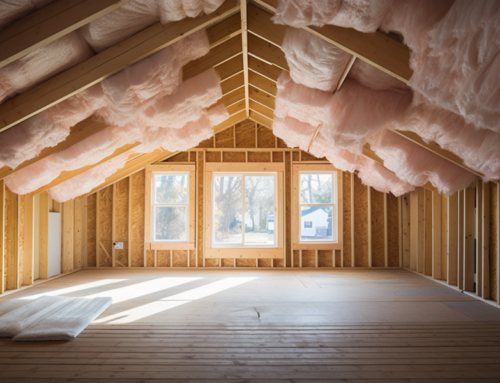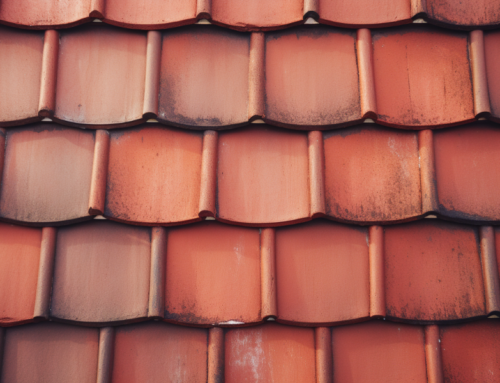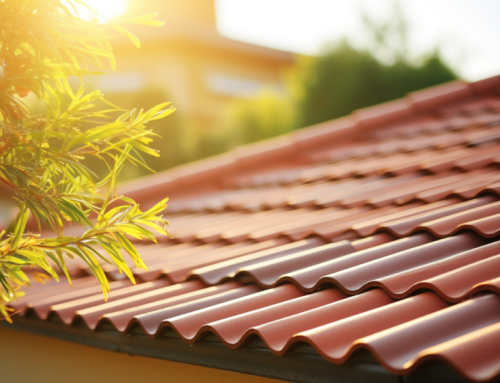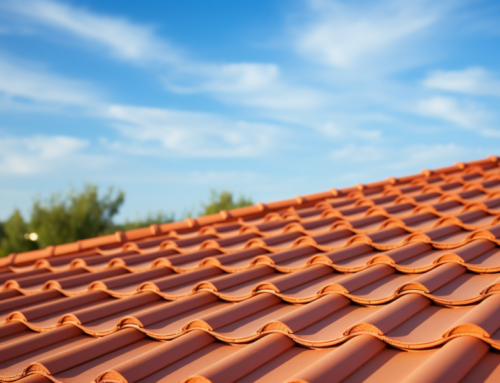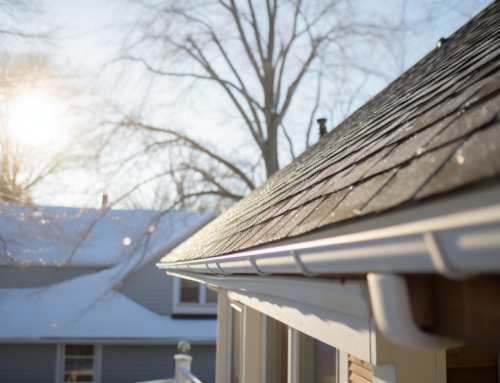Roof ventilation is a critical aspect of maintaining the health and longevity of your home. Proper ventilation ensures that your attic and roof can breathe, preventing a myriad of issues that can arise from stagnant air and trapped moisture. Let’s delve into the intricacies of roof ventilation and understand its significance.
Understanding Roof Ventilation Systems
Roof ventilation is essentially a system that allows your attic and roof to breathe. It achieves this by drawing fresh air into the attic and letting the heat escape through roof vents. Broadly, there are two primary methods of roof ventilation:
1. Passive Ventilation
This method leverages natural sources to circulate air in the attic. Passive ventilation doesn’t depend on vents to ensure trapped air can escape. Instead, it relies on natural phenomena like wind or convection, where cool air displaces warm air. The major advantage of passive vents is their simplicity – no moving parts, no noise, and minimal maintenance.
2. Active Ventilation
As the name suggests, active ventilation is more proactive. It draws fresh air from the outside and expels the air inside the attic. This system creates a drawing effect, where intake vents pull in fresh air, which is then expelled through exhaust vents. The continuous movement of air ensures a healthier attic environment.
Making the Right Choice: Passive vs. Active
While both passive and active ventilation systems serve the purpose, their effectiveness can vary based on specific conditions. For instance, attics require a certain amount of net free area (the open area for air to pass through) for optimal ventilation. Depending on the size of your attic and the type of vents used, one system might be more efficient than the other.
For example, if you have a 1500 square feet attic, using passive ventilation might require multiple box vents to achieve proper ventilation. In contrast, a couple of turbine vents, which are a type of active ventilation, might suffice for the same space.
Exploring Active Roof Vents
If you’re leaning towards an active roof ventilation system, there are several types to consider:
Ridge Vents with a Baffle
These vents are integrated directly into the roof’s ridge and span its entire length. Adding a baffle transforms a regular ridge vent into an active one. The baffle channels air, facilitating its movement through the attic.
Turbine Roof Vent
Often referred to as ‘whirly birds’, these vents utilize the drawing effect through convection to circulate air in the attic, even in the absence of wind. They are designed to prevent rain, snow, and insects from entering the attic.
Power Roof Vent
These are electrically powered vents that extract hot air from the attic. They are typically installed near the roof’s ridge. Since they rely on electricity, proper wiring setup is essential.
Solar Roof Vent
These are similar to power vents but use solar energy instead of electricity. While they are energy-efficient, their operational time might be limited based on the solar battery’s charge.
The Undeniable Importance of Roof Ventilation
Proper roof ventilation is paramount for the well-being of both your roof and home. It prevents issues like mold growth, wood rot, and a shortened roof lifespan. At San Diego County Roofing & Solar, we emphasize the significance of a well-ventilated roof. Our team of expert roofers in San Diego has been at the forefront of providing top-notch roofing solutions, ensuring that local roofing companies in San Diego always prioritize the health of your home.
In conclusion, while the method of ventilation you choose is essential, what’s more critical is ensuring it’s done right. Whether you opt for passive or active, the goal remains the same – a healthy, well-ventilated roof that stands the test of time.





